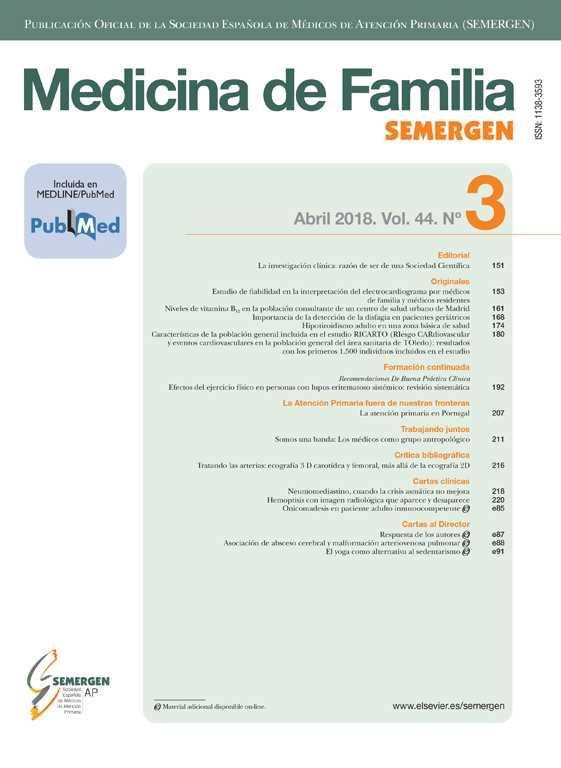El descubrimiento de los anticoagulantes se inició en 1916 con la aparición de la heparina, en 1941 se aisló y caracterizo el 3,3’-metilenobis-(4-hidroxicumarina), que más tarde se conocería como dicumarol o bishidroxicumarina. El desarrollo de los nuevos anticoagulantes orales ha sido lento hasta la reciente introducción de dabigatrán, un inhibidor oral de trombina, y rivaroxabán, inhibidor oral del factor Xa.
La heparina presenta una serie de inconvenientes, como la necesidad de administración parenteral, complicaciones hemorrágicas al inducir trombocitopenia, osteoporosis, reacciones cutáneas, reacciones de hipersensibilidad y elevación de las transaminasas. Los antagonistas de la vitamina K tienen un mecanismo de acción indirecto, presentan múltiples interacciones con fármacos y alimentos, dificultad de dosificación y precisan la monitorización de su efecto.
Las limitaciones de los actuales fármacos antitrombóticos ha impulsado la búsqueda de nuevos agentes, que para superar las limitaciones de los AVK deben reunir, entre otras, las siguientes características: administración oral, bajo riesgo de hemorragia, una cinética predecible, que no requieran vigilancia de la coagulación, que no sea necesario ajustar la dosis y tener una baja interacción con fármacos y alimentos.
The discovery of anticoagulants started in 1916 with the finding of heparin; in 1941 3,3’-metilenobis-(4-hidroxicumarin) was isolated and characterized, and would later become known as dicumarol or bishydroxycoumarin. The development of the new oral anticoagulants was slow until the recent introduction of dabigatran, a novel oral thrombin inhibitor, and rivaroxaban, an oral factor Xa (FXa) inhibitor.
Heparin has a series of disadvantages, such as the need for parenteral administration, hemorrhagic complications if thrombocytopenia develops, osteoporosis, cutaneous reactions, hypersensitivity reactions, and transaminase elevation. In addition, monitoring is required. Vitamin K antagonists also require monitoring and have an indirect mechanism of action and multiple food and drug interactions. Dosing is also problematic.
The limitations of currently available antithrombotic agents have prompted the search for new drugs. To overcome the limitations of VKA, these drugs should include the following characteristics, among others; oral administration, low bleeding risk, predictable kinetics, few food and drug interactions and no requirement for dose adjustments.






